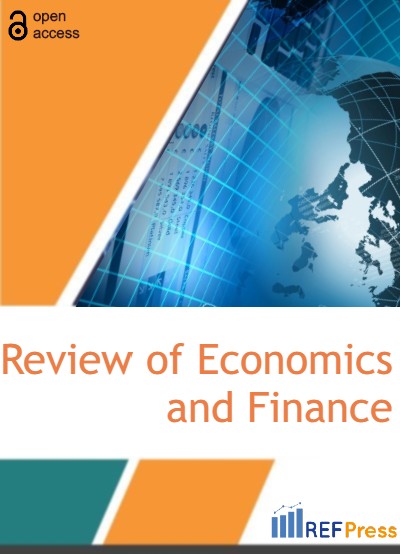
The Relevance of Financial Integration Across Europe: A Dynamic Panel Data Approach
(Pages 01-12)Onur Özdemir1,* and Fatih Kayhan2
1Asst. Prof. Dr., Istanbul Gelisim University, Faculty of Economics, Administrative and Social Sciences,
Department of International Trade and Finance (English).
2Asst. Prof. Dr., Kırklareli University, Faculty of Applied Sciences, Department of Banking and Finance.
DOI: https://doi.org/10.55365/1923.x2021.19.01
Abstract:
This paper aims to examine the degree of financial integration for selected European countries from 1980 to 2019 using dynamic panel data approaches, covering the panel unit-root tests, cointegration analysis, panel Granger causality tests, and the DOLS and FMOLS methods. Saving and investment rates are found to be stationary at order of integration one, i.e., I (1). It is also found to be that the series are cointegrated along with different methods. Similar to that of cointegration analysis, it is observed that the causality between the variables is statistically significant and bidirectional. Finally, the current study proceeds to test the direction of coefficients for the estimation of the long-run relationship among the series by way of using panel DOLS and FMOLS methods. The values of coefficients show that the effects of each variable on another are both positive and statistically significant at the 1% level. Therefore, the empirical findings point out that strong financial integration is relevant to those European countries.
Keywords:
Financial Integration, International Capital Mobility, Feldstein-Horioka Puzzle, Dynamic Panel Data Approach, European Economy.
JEL Classification:
C33, F32, F36
How to Cite:
Onur Özdemir and Fatih Kayhan. The Relevance of Financial Integration Across Europe: A Dynamic Panel Data Approach. [ref]: vol.19.2021. available at: https://refpress.org/ref-vol19-a1/
Licensee REF Press This is an open access article licensed under the terms of the Creative Commons Attribution Non-Commercial License (http://creativecommons.org/licenses/by-nc/3.0/) which permits unrestricted, non-commercial use, distribution and reproduction in any medium, provided the work is properly cited.
